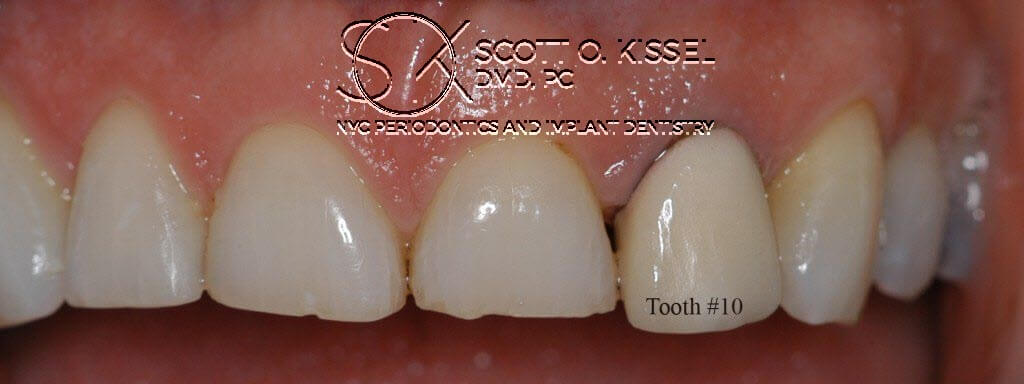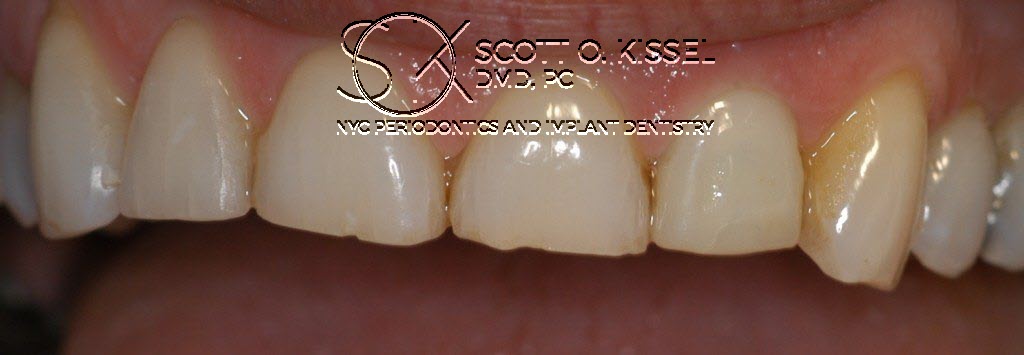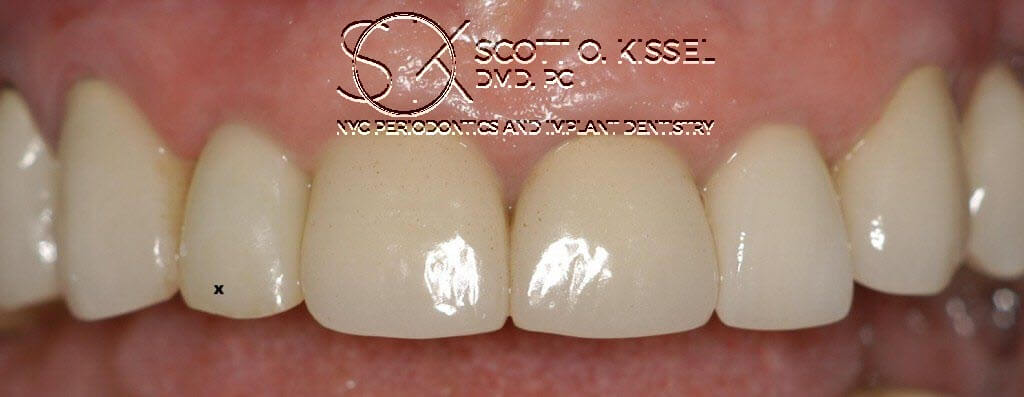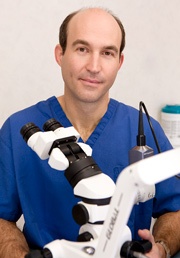In the June 2009 issue of Clinical Oral Implant Research, there was an article entitled Instant provisionalization of immediate single-tooth implant is essential to optimize esthetic treatment outcome, De Rouck, T. et al. The goal of this study was to compare the soft tissue margin at immediate implants following two restorative protocols: immediate connection of a screw-retained temporary crown or submerged healing for 3 months followed by provisionalization.
The Result of Instant Provisionalization
The results showed the mean mid-buccal tissue recession for the immediate provisionalized group was .5mm. The mid-facial recession for the delayed restoration group was 2-3 times higher. They explained the additional recession may be due to incomplete primary wound closure, membrane exposure, and soft tissues allowed to collapse into the socket. Implant survival, bone remodeling, probing depth and bleeding tendency were not influenced by the restorative protocol.
Conclusions
They concluded that if primary implant stability permits it, immediate single-tooth implants should be instantly provisionalized in the interest of optimal mid-facial esthetics.
This article is in agreement with many other articles in concluding that additional recession can be avoided with immediate provisionalization. In addition, I believe the recession at immediate restored implants can be further reduced by using minimally invasive (microsurgical) techniques such as: a flapless approach to remove teeth, careful techniques to protect bone and soft tissue during extraction and provisional fabrication, customized osteotomy preparation, and proper abutment / provisional fabrication in relationship to the surgical site. Although it takes more “chair time” the short and long term results are far superior to traditional oral surgery techniques.
Using enhanced magnification and illumination I can achieve these steps. Below are cases showing before and one week after tooth removal and immediate implant and provisional. As stated above, when primary implant stability is present, the treatment plan should be immediate implant restoration.
 Before removal of fractured tooth |
 1 week after Smile Technique ~ tooth removal implant bone graft & custom temporary crown |
 The patient presented with a fractured tooth, noted by “X” |
 1 week after Smile Technique ~ tooth removal implant bone graft & custom temporary crown |
There is a number of considerations for determining whether or not you are a candidate for dental implants and, if so, what type of dental implants are right for you. The best way for you to receive all the information you need to know about dental implants is to arrange a consultation with periodontist Dr. Kissel. During this consultation, Dr. Kissel will perform the oral examination and tests that determine what type of dental implants you are eligible for, explain the dental implant procedure to you, and answer all your questions. If you’re ready to replace your smile with natural-looking, functional dental implants, then call Dr. Kissel’s office in New York City for a consultation at (212) 702-9088 or book online.
